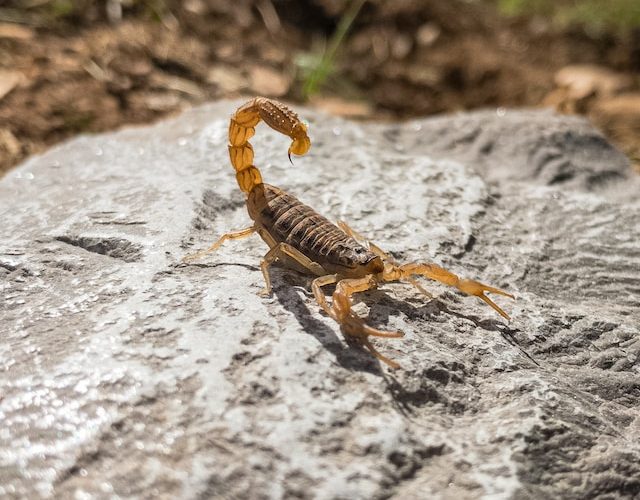Introduction: Scorpions, with their menacing appearance and potent venom, have long held a place in human imagination as creatures to be feared. Found in various parts of the world, these arachnids have the ability to cause harm to humans and other animals. In this comprehensive overview, we delve into the dangers associated with scorpions and shed light on the precautions individuals can take to mitigate the risks.
- Understanding Scorpion Venom: The first step in comprehending the dangers of scorpions lies in understanding their venom. Scorpion venom is a complex cocktail of neurotoxins and other compounds that varies among species. The potency of their venom can lead to a range of symptoms, including pain, swelling, numbness, difficulty breathing, and, in severe cases, even death.
- Geographic Distribution: Scorpions inhabit diverse ecosystems around the globe, from deserts to tropical rainforests. However, they are most commonly found in arid regions, such as the southwestern United States, Africa, the Middle East, and parts of Asia. It is essential for individuals residing in or visiting these areas to be aware of the scorpion species prevalent in their surroundings.
- Risk Factors and Prevention: Certain factors increase the likelihood of encountering scorpions and, consequently, the risk of being stung. These factors include living in close proximity to scorpion habitats, leaving shoes or clothing on the ground, and insufficient home sealing. Taking preventive measures, such as sealing cracks, using insect screens, and shaking out shoes before wearing them, can significantly reduce the chances of encountering scorpions.
- Identifying Dangerous Species: While not all scorpion species pose significant threats to humans, some are more dangerous than others. The most perilous scorpions include the Arizona bark scorpion, the Indian red scorpion, and the Deathstalker scorpion. Learning to identify these species can help individuals take appropriate precautions when venturing into their habitats.
- First Aid and Medical Treatment: In the unfortunate event of a scorpion sting, prompt first aid and medical attention are crucial. The affected area should be cleaned with soap and water, and a cold compress can be applied to reduce swelling. It is vital to seek medical assistance, as healthcare professionals can administer specific antivenom, provide pain relief, and monitor for potential complications.
- Research and Conservation Efforts: In recent years, scientific research has focused on understanding scorpion venom and developing potential treatments using its unique properties. Moreover, conservation initiatives aim to protect scorpion habitats and preserve their ecological roles. Such efforts not only contribute to our knowledge but also aid in reducing human-scorpion conflicts.
Conclusion: Scorpions, with their potentially dangerous venom, demand our respect and caution. By gaining knowledge about scorpion habitats, species identification, and appropriate preventive measures, individuals can minimize the risks associated with encounters. Additionally, continued research and conservation efforts are necessary to expand our understanding of these intriguing creatures and promote coexistence. Remember, with proper awareness and precautions, we can navigate the potential dangers of scorpions and appreciate their place in the natural world.












